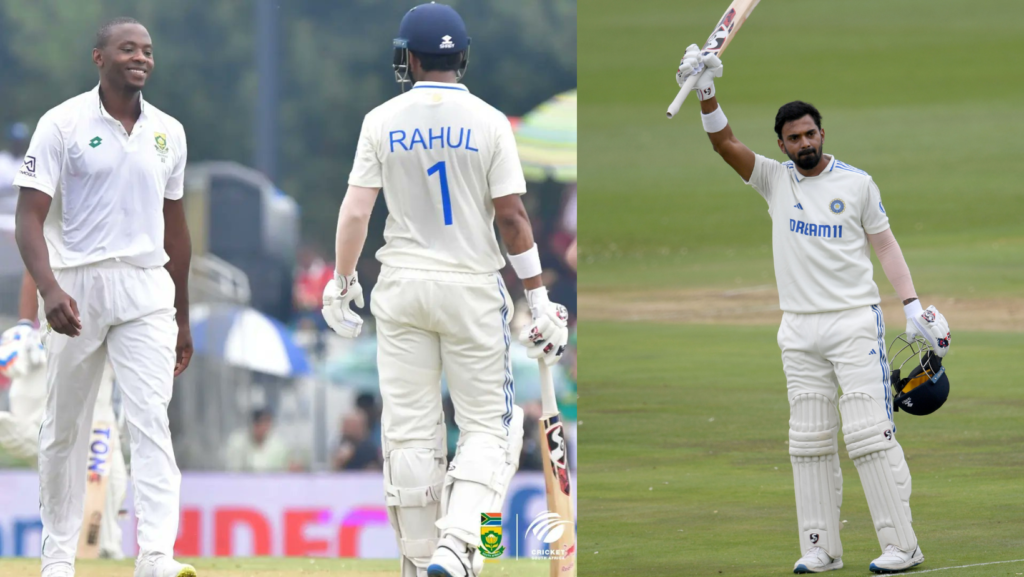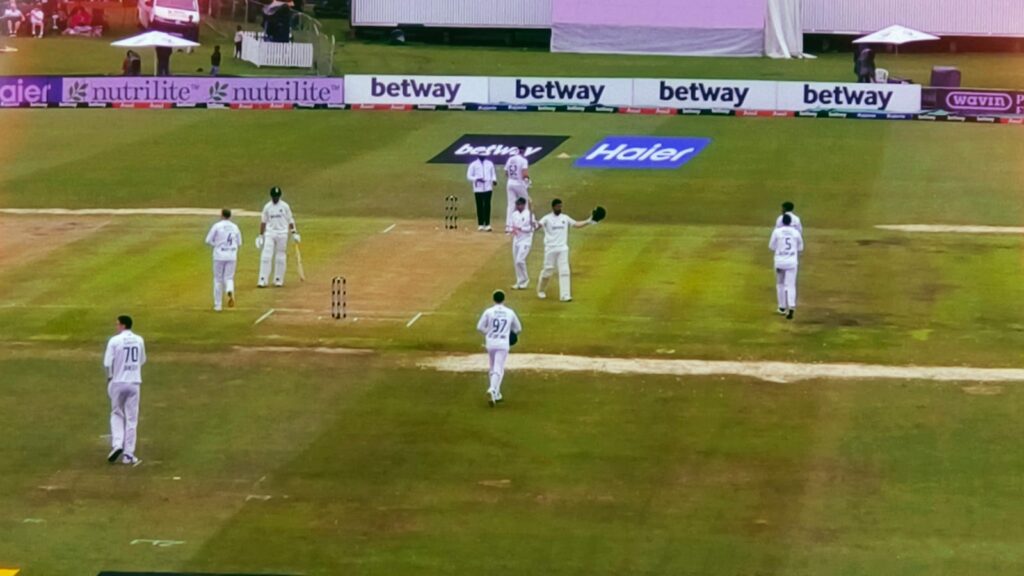
It was October 2002, and I was a PhD student at Oxford University working on the history of Indian cricket when I got a call from an auctioneer in London. He had helped me with material and sounded very excited on the phone. “Come and see what I have found,” he told me. When I met him the next day, I was in disbelief. I was actually holding in my hand a letter from Douglas Jardine addressed to Duleepsinhji, which said that Jardine had finally figured out a way to stop Donald Bradman and he wanted to discuss it with his premier batsman. On a meagre student stipend, the letter was beyond me. But we do know what Jardine meant. He had worked out his plan of unleashing Harold Larwood against Bradman, a plan that would bring Sir Don’s average to a modest 56 in the series later christened Bodyline.
In the cloudy, chilly, and windy conditions of Centurion, facing the formidable Proteas pace attack led by Kagiso Rabada, KL Rahul showcased remarkable resilience, notching up his second consecutive century at the venue, steering India to a commanding position.@ThumsUpOfficial… pic.twitter.com/TJNn6JhScS
— RevSportz (@RevSportz) December 27, 2023
If Jardine had Larwood, Temba Bavuma has Kagiso Rabada and Rohit Sharma has Jasprit Bumrah. Men who run in rather languidly to fling the red cherry at real pace at gladiators standing on the other side of the 22-yard strip. Watching KL Rahul battle it out against Rabada at Centurion was one of the most exhilarating displays of cricket in recent times. And that’s where Test cricket pips every other format. In ODI cricket, Rabada is constrained by the bouncer rule. There is every chance of it being called a wide. In a close game, a top edge could prove decisive. Not so in Test cricket. Even if a top edge goes for six in Test cricket, it is the bowler who emerges the moral victor. He knows the batsman wasn’t in control and he may well have the last laugh in the duel. A batsman can’t just play out a short spell like in white-ball cricket and breathe easy. He will be under scrutiny as long as the opposition captain wants him to be.

Fast bowlers bowling at real pace have always been one of the most thrilling sights of Test cricket. And to face them with extreme skill is what makes batsmen legends. Sunil Gavaskar playing Malcolm Marshall with a skull cap and standing up to him in the Caribbean is what is his enduring legacy. More than his 10,000 Test runs, first and foremost, it was his ability to play fast bowling and his capacity to overcome fear that made him a standout cricketer of his time. The very same could be said of Rahul and Dean Elgar in this Test match. To face bowlers like Rabada or Bumrah isn’t easy. Can never be.
Just the thought of facing a 145 km/h ball which could actually end your life is scary. Deep down, that’s what this sport is all about. In all the serenity of the white kits and the lush green surroundings and a very beautiful dressing room, it is a sport which is deeply violent and physical. In that split-second between delivering a ball and facing up to it, there is nothing gentlemanly. Rather, it is the most primitive and raw form of combat. There is one winner and it is a no-holds-barred contest. With people waiting behind to catch the edge, the batsman is always under pressure. The slightest sign of discomfort will be pounced upon and taken note of. Bowling coaches watching closely will instantly send a message highlighting the weakness. The bowler will push till the penny drops, for that’s what the sport tells him to do.
Also Read: Elgar puts South Africa on top with debutant Bedingham, India lose the plot after Rahul century
The World Test Championship has given this contest new meaning. Every Test match now played has a purpose and hence will throw up more of the Rahul-Rabada type contests. So far, Rabada has been a step ahead of Bumrah, and that’s what explains South Africa’s ascendancy. With ball in hand, we want Bumrah to intimidate. In fact, that’s what he is there for. If the crowd is in awe, that’s his real takeaway. To bowl at 145 kmph over after over is like running repeat 100-metre sprints with a timing of 9.9 seconds. The extreme physicality of the act of fast bowling makes Bumrah and Rabada so special. The release followed by the searing pace the ball generates and, all of a sudden, to see the batsman jump and take evasive action – the heart skips a beat when we watch it on television.
Imagine negotiating this as a batsman. It shows the absolute genius of Steve Smith or Virat Kohli or Joe Root, to be able to do so time and again and keep scoring hundreds every third game. That’s what this sport is all about. It is a display of extreme courage, grit and determination. It is about getting a few blows to the body and showing them off as badges of honour. Exactly what Elgar has done so far in this Test match.
On what could be a decisive day 3, the key for the batsmen is to overcome fear, while for bowlers, it is to instil fear. That’s Test cricket in a sentence. There can’t be a greater spectacle than the five-day game.
For All Latest Sports News: CLICK HERE



